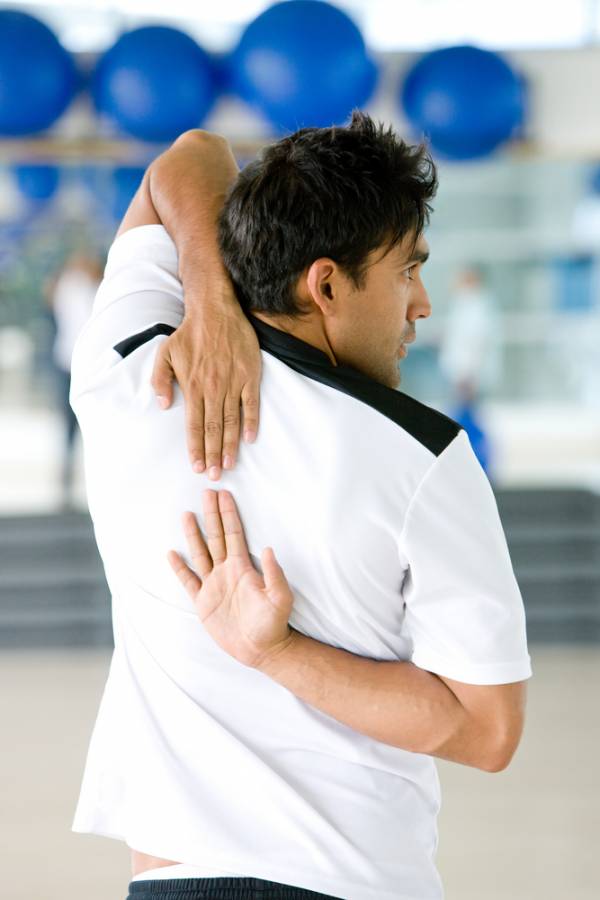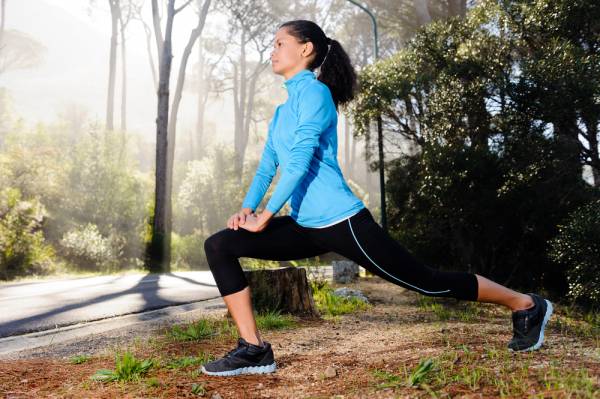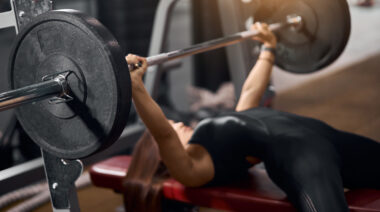I always did well on the sit and reach test as a kid. As the son of a professional ballerina, apparently I was born with a decent degree of natural flexibility. Still, I was also a little chubby as a kid. I didn’t fare as well on the mile run test and those damn pull-ups were a killer.
I always did well on the sit and reach test as a kid. As the son of a professional ballerina, apparently I was born with a decent degree of natural flexibility. Still, I was also a little chubby as a kid. I didn’t fare as well on the mile run test and those damn pull-ups were a killer.
Being one of the best at the sit and reach test was pretty lame compared to being the fastest kid or the strongest kid. Someday though, that fit kid or that strong kid would end up losing their strength and that fast kid would get slower and slower. The question remained whether I could I keep my flexibility.
One thing I’ll never forget was a statement I heard at a training I attended early on in my career in fitness. The training was hosted by Laurence A. Golding, who for years has headed up the department of Exercise Physiology at the University of Nevada, Las Vegas. Dr. Golding, one of the most respected exercise physiologists in the nation, addressed the group on the subject of aging and athletic training. Paraphrasing Dr. Golding, he stated that you will get weaker and you will get slower, but you do not have to get less flexible.
I had never given it much thought until then, and as profound as the statement was, I didn’t give it much thought after the fact. It wasn’t until I aged as an athlete myself that I gave the notion much importance and start really thinking about flexibility.
The fact is we’re all fighting a losing battle. Each passing year the metabolism slows just slightly, our muscles atrophy as we get into our grayer years, and aerobically, it’s tough to keep up on the back nine of life. Our flexibility seemingly diminishes with age as well. We know that no matter how hard we train or how many supplements we take, we can’t counteract aging. The sooner we accept it the better, for then we can work smarter and not just harder.
No one argues these facts. We aren’t as strong at fifty as we are at 25. As we age, we don’t run as fast either. We accept our fate as it relates to our strength and cardiovascular capacity, but must we willingly receive the body’s lack of flexibility as we age? Certainly the eye test tells us it’s so. Spend time with a room full of seniors and most aren’t bending down to touch their toes. Indeed data proves that there is also a correlation between age and the decrease of flexibility.
What is inconclusive is why this is so. Many factors affect flexibility from our genetic predisposition, our gender, and our body type. Indeed our bodies are affected by age, joint elasticity and muscle tendons included. However, there is no more important factor related to flexibility than using our joints or exercise itself. In essence – use it or lose it.

I cannot think of anything more vital to the aging process than maintaining our flexibility. So why don’t we do it? We don’t do it (keep up on our flexibility training, that is) because we are starved for time and our perception is that flexibility training doesn’t pay the same dividends as other training.
We know that for every minute of cardiovascular exercise we are burning extra calories. We know that for every rep in the weight room we’re working on the muscle tone and definition that we desire. We also know that athletically, when we train with a cardiovascular emphasis we can see a direct correlation to measurable things like how fast we run.
Similarly we know that athletically, strength directly correlates to performance. Flexibility is a bit less concrete. Like eating our vegetables, we know it’s good for us and we should do it daily, but we don’t always do it because it isn’t what we desire in the moment.
It’s here where a paradigm shift is necessary. We have to think bigger and broader. We have to think ‘older.’ I aspire to be an old guy some day, and one who can bend down to tie his shoes. I wouldn’t mind keeping a decent roundhouse kick either, but I’ll settle for shoe tying when I hit eighty. Thinking bigger picture means looking beyond the calorie burned or the achieving body of now to maintaining the body of the future.
We also have to remember that flexibility does affect performance and does help us in the moment. A limber body is more fluid and moves more efficiently than a stiff one. As a martial artist I’m well aware that throwing a head kick has everything to do with flexibility. Of course, in the back of our minds we’re also aware that flexibility is in part what keeps the whole machine working properly and injury free.
Having suffered my fair share of bumps, bruises, and injuries, I’ve learned the hard way over the years that stretching and flexibility training are of paramount importance in keeping us injury free. The road to recovery after an injury starts with back to basics, doing simple stretches and movements. As we recover, we retrain our body to work in its optimal and natural state. This is what we do when we focus on length and elongation. We focus on being fluid and relaxed.

So why not train our bodies this way before the injury happens? It’s a terrible analogy, but one I use from time to time with my boxing students – it’s the drunk driver who survives the car accident.
In horrific irony, this happens because his or her body is relaxed. You learn this relaxation when you practice intense movements and couple those movements with things like stretching to keep the range of movement in and around a joint flexible and fluid.
One final reason to maintain our flexibility may be our health. In fact, recent studies have shown a correlation to trunk flexibility and arterial stiffness, which is a risk indicator to higher mortality rates. It makes sense that if we’re less flexible our body doesn’t work optimally.
If this is true athletically, than perhaps it is also true as it relates to our overall health as well. It may turn out that my prowess as a youth in the sit and reach test might turn out to be something I can brag about after all.
Photos courtesy of Shutterstock.






